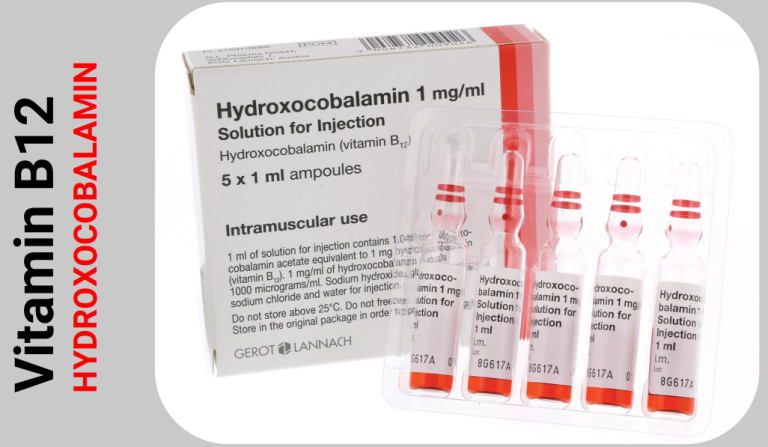Vitamin D Deficiency

Several factors can contribute to vitamin D deficiency:
Limited Sun Exposure: Vitamin D is often referred to as the "sunshine vitamin" because your skin
produces it in response to sunlight. People who live in regions with little sunlight or who spend most of
their time indoors are at higher risk.
Dark Skin: Melanin, the pigment responsible for skin colour, reduces the skin's ability to produce vitamin
D in response to sunlight. Therefore, individuals with darker skin may need more sun exposure to produce adequate amounts of vitamin D.
Age: As people age, their skin becomes less efficient at producing vitamin D, and their kidneys may become less effective at converting it to its active form.
Obesity: Vitamin D is fat-soluble and can be trapped in fat tissue, reducing its availability for use by the
body.
Dietary Factors: While few foods naturally contain vitamin D, some are fortified with it. If your diet lacks
these foods, you may be at risk of deficiency.
Certain Medical Conditions: Some medical conditions, such as celiac disease, Crohn's disease, and
cystic fibrosis, can affect the absorption of vitamin D.
Symptoms of vitamin D deficiency can include fatigue, bone pain, muscle weakness, mood changes, and a weakened immune system.
Treatment for Vitamin D deficiency

Treatment for vitamin D deficiency typically involves increasing vitamin D intake through supplementation and/or dietary changes, as well as getting more sunlight exposure. Here's a general approach:
Supplementation: May be recommend taking vitamin D supplements. The dosage will depend on the
severity of the deficiency and the individual health needs.
Sunlight Exposure: Vitamin D is often referred to as the "sunshine vitamin" because skin produces it in
response to sunlight. Spending time outdoors, especially during the midday hours when the sun's UV rays are strongest, can help increase vitamin D levels. However, patients need to be mindful of sun safety and avoid excessive sun exposure to prevent skin damage and reduce the risk of skin cancer.
Dietary Changes: Include foods that are naturally rich in vitamin D in the diet. These include fatty fish, such as salmon, mackerel, and tuna, egg yolks, cheese, and fortified foods like milk, orange juice, and
breakfast cereals. Consuming these foods regularly can help boost your vitamin D levels.
Monitoring: Regular blood tests may be recommend to monitor vitamin D levels and adjust treatment
plans as needed.
Underlying Conditions: If vitamin D deficiency is due to an underlying medical condition, such as malabsorption disorders or kidney disease, treating the underlying condition may be necessary to
improve vitamin D absorption and metabolism.
Vitamin D deficiency occurs when the body doesn't get enough vitamin D, a fat-soluble vitamin crucial for several bodily functions, including maintaining strong bones, supporting immune function, and regulating mood.
Want to know more? Join us on one of our webinars BOOK HERE
For further information about our courses please contact us
Dovetail Team

Treatment typically involves increasing vitamin D intake through supplements or dietary changes, along with getting more sunlight exposure. However, it's essential that patients consult a healthcare professional before starting any supplementation, as excessive vitamin D intake can lead to toxicity.
Vitamin D injections: These are not typically the first-line treatment for vitamin D deficiency in the UK or in many
other countries. Instead, oral supplementation is usually preferred because it's convenient, effective, and less
invasive.
However, in some cases where there is severe deficiency or if the patient has conditions that affect their ability to absorb oral supplements, healthcare providers may consider injectable forms of vitamin D.
Injectable vitamin D is administered intramuscularly (into the muscle). These injections typically provide a higher dose of vitamin D compared to oral supplements.


We need your consent to load the translations
We use a third-party service to translate the website content that may collect data about your activity. Please review the details in the privacy policy and accept the service to view the translations.
